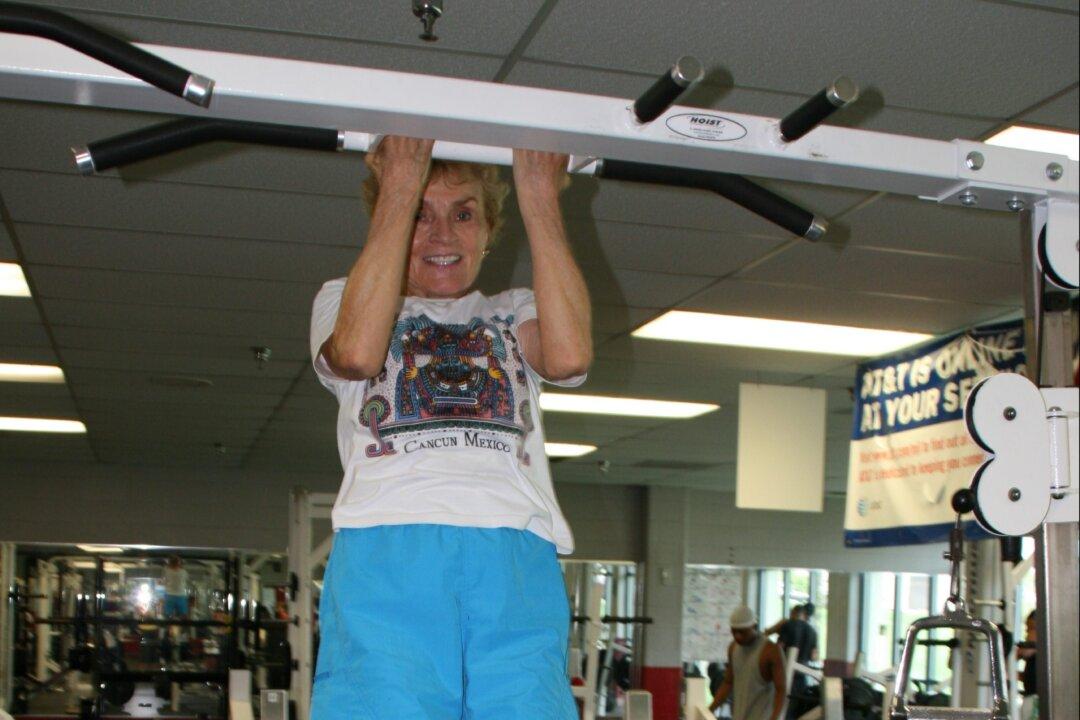One of the biggest concerns about falling down as an older adult is injuring yourself and being unable to get back up again. With the population of elderly patients expected to rise over the next few decades, researchers are more concerned than ever about the health of these individuals and how to prevent unnecessary health concerns. Reducing the number of falls and the level of injuries as a result is one topic researchers are looking into more frequently.

Strength training into a senior years can give us the physical strength to overcome one of the biggest threats we will face—gravity. U.S. Army photo by Olivia Mendoza
|Updated:




